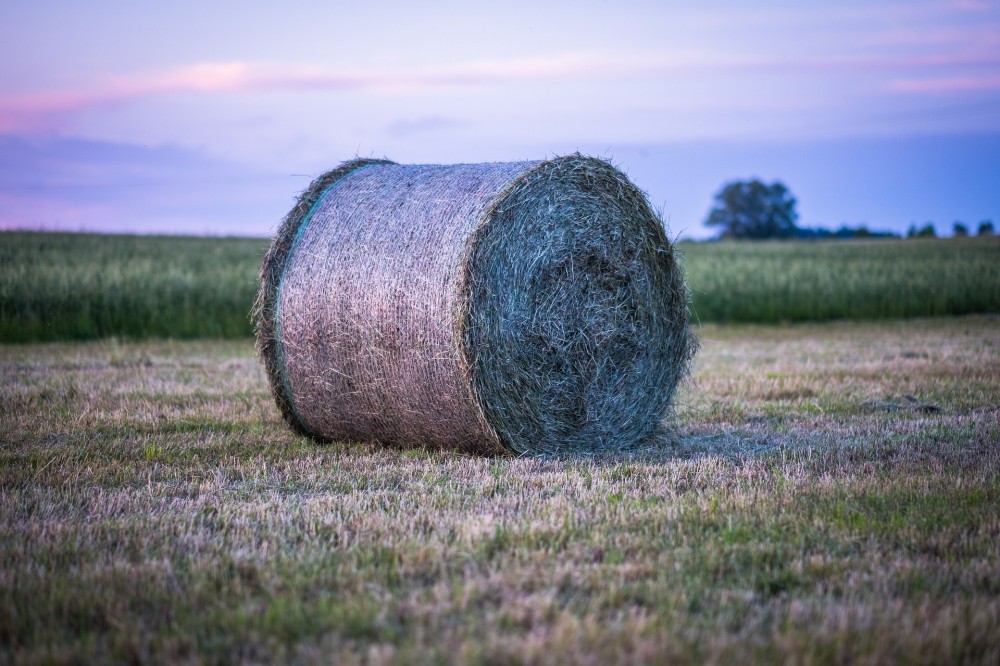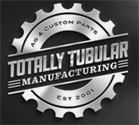Net Wrap, Twine, or Plastic?
Packaging bale materials isn't just about looks. Many factors in making the right decision include potential storage losses, herd health, feed value, weight gains, meat/milk productions, and fuel and labor costs. While weather and timing are important factors in the production and quality of hay, they are uncontrollable. However, there is one thing you can control, and that is how you package your hay. Depending on all the variables, you can take advantage of the many options on how you should package it.

Bale Durability
If you are looking to hold your hay bale together in a durable way, choose a net wrap. Net-wrapped bales maintain their shape with a secure, full-width netted case. Usually, it is typically tighter, more structured, and more stable in all types of storing conditions.
Speed
According to the American Society of Agricultural and Biological Engineers, bale production increased on an average of 32 percent per bale when a net wrap was applied instead of twine. Therefore, if speed is your need, net wrap is the better option.
Cost
If your decision rests only on equipment and material cost, twine is the obvious choice. However, twine can cost you in other ways such as durability, appearance, and operating costs.
Most Common Material For High-Moisture Bales
Plastic wrap is the most common material used to package high-moisture bales because it is the best way to properly encase them.
Which to Choose?
There is no right or wrong choice. The key is to pick the method that best fits your needs. Take time to understand your risks and real costs in labor and time, plus how much time you're committed to taking to minimize potential hay losses.










